简介:Jenkins 是一个广泛使用的开源自动化服务器,常用于持续集成和持续交付。在某些情况下,服务器重启可能导致 Jenkins 构建任务中断或失败。为了解决这个问题,可以使用一个自检服务,定期检查系统的启动时间,并在服务器重启时通过消息推送进行通知。本文将介绍如何实现这样的开机自检机制。
历史攻略:
定时任务:Jenkins
Jenkins:高效卸载和安装
Jenkins:控制台中文乱码问题处理
centos7:docker快速安装jenkins
python:消息推送 - 飞书机器人推送
python:消息推送 - 企业微信机器人推送
python:消息推送 - 发邮件(网易163邮箱为例)
python:消息推送 - 发送短信(以聚合数据为例)
python:消息推送 - 钉钉机器人推送(关键字模式)
python:消息推送 - 企业微信机器人推送
一、Jenkins 自检的基本特性
系统启动时间检测:实时获取系统的启动时间。
推送通知:在系统重启时向指定的 webhook 发送通知,提醒相关人员。
灵活的时间间隔:可设置自检的时间间隔,以便适应不同的监控需求。
二、安装与环境要求
在使用该自检服务之前,确保系统已安装 Python,并能够访问 Jenkins 服务器。还需要安装 requests 库,用于发送 HTTP 请求,可以通过以下命令安装
pip install requests
三、示例代码
# -*- coding: utf-8 -*-
# time: 2024/10/03 10:50
# file: jenkins_self_checking.py
# author: tom
# 微信公众号: 玩转测试开发
import json
import requests
import datetime
import subprocessdef get_system_boot_time():# 获取系统启动时间output = subprocess.check_output('uptime -s', shell=True, text=True).strip()# 将时间字符串转换为 datetime 对象boot_time = datetime.datetime.fromisoformat(output)return boot_timedef check_jenkins_push(webhook, now_time, boot_time):header = {"Content-Type": "application/json;charset=UTF-8"}message_body = {"msgtype": "markdown","markdown": {"content": f"#### Jenkins自检服务告警 \n" +f"开机时间:{boot_time}\n" +f"当前时间:{now_time}\n" +f'<font color="warning"> 服务器重启!!!请关注 Jenkins 构建任务是否需要重新运行。</font>\n'},"at": {"atMobiles": [],"isAtAll": False}}send_data = json.dumps(message_body)ChatBot = requests.post(url=webhook, data=send_data, headers=header)opener = ChatBot.json()if opener["errmsg"] == "ok":print(f"{opener} Notification message sent successfully!")else:print(f"Notification message sending failed, reason:{opener}")def self_checking_push(hours, webhook):# 获取当前时间current_time = datetime.datetime.now()# 获取系统开机时间boot_time = get_system_boot_time()print(f"开机时间:{boot_time}")print(f"当前时间:{str(current_time)[:19]}")# 计算开机时间和当前时间的差值time_difference = current_time - boot_time# 判断差值是否小于 x 小时check_time_result = time_difference.total_seconds() < 60 * 60 * hoursprint(f"check_time_result:{check_time_result}")print(f"开机时间大于1小时,未出现机器重启现象。")if check_time_result:current_time = str(datetime.datetime.now())[:19]check_jenkins_push(webhook, current_time, boot_time)if __name__ == "__main__":webhook = "https://qyapi.weixin.qq.com/cgi-bin/webhook/send?key=xxxxxxxx"self_checking_push(1, webhook)
四、运行结果参考
(base) tom@tom:/mnt/$ python jenkins_self_checking.py
开机时间:2024-10-03 10:36:45
当前时间:2024-10-03 10:52:28
check_time_result:True
开机时间大于1小时,未出现机器重启现象。
{'errcode': 0, 'errmsg': 'ok'} Notification message sent successfully!

五、案例解析
1. 获取系统启动时间:get_system_boot_time 函数使用 uptime -s 命令获取系统的启动时间,并将其转换为 datetime 对象。
2. 推送通知:check_jenkins_push 函数构建了要发送的消息体,并使用 requests.post 发送到指定的 webhook。当服务器重启时,推送的信息将包括开机时间和当前时间,并提醒用户关注 Jenkins 的构建任务。
3. 自检逻辑:在 self_checking_push 函数中,程序首先获取当前时间和系统的开机时间。然后计算时间差,判断服务器是否在指定的时间间隔内重启。如果重启时间小于设定的小时数,程序将调用推送通知函数,提醒用户。
六、小结
通过实现 Jenkins 的开机自检机制,可以在服务器重启时及时得到通知,从而确保持续集成过程的稳定性。该方案能够帮助团队及时关注 Jenkins 的构建任务,减少因服务器重启带来的潜在问题。掌握这个自检服务的实现,有助于提升自动化测试和持续集成的效率。
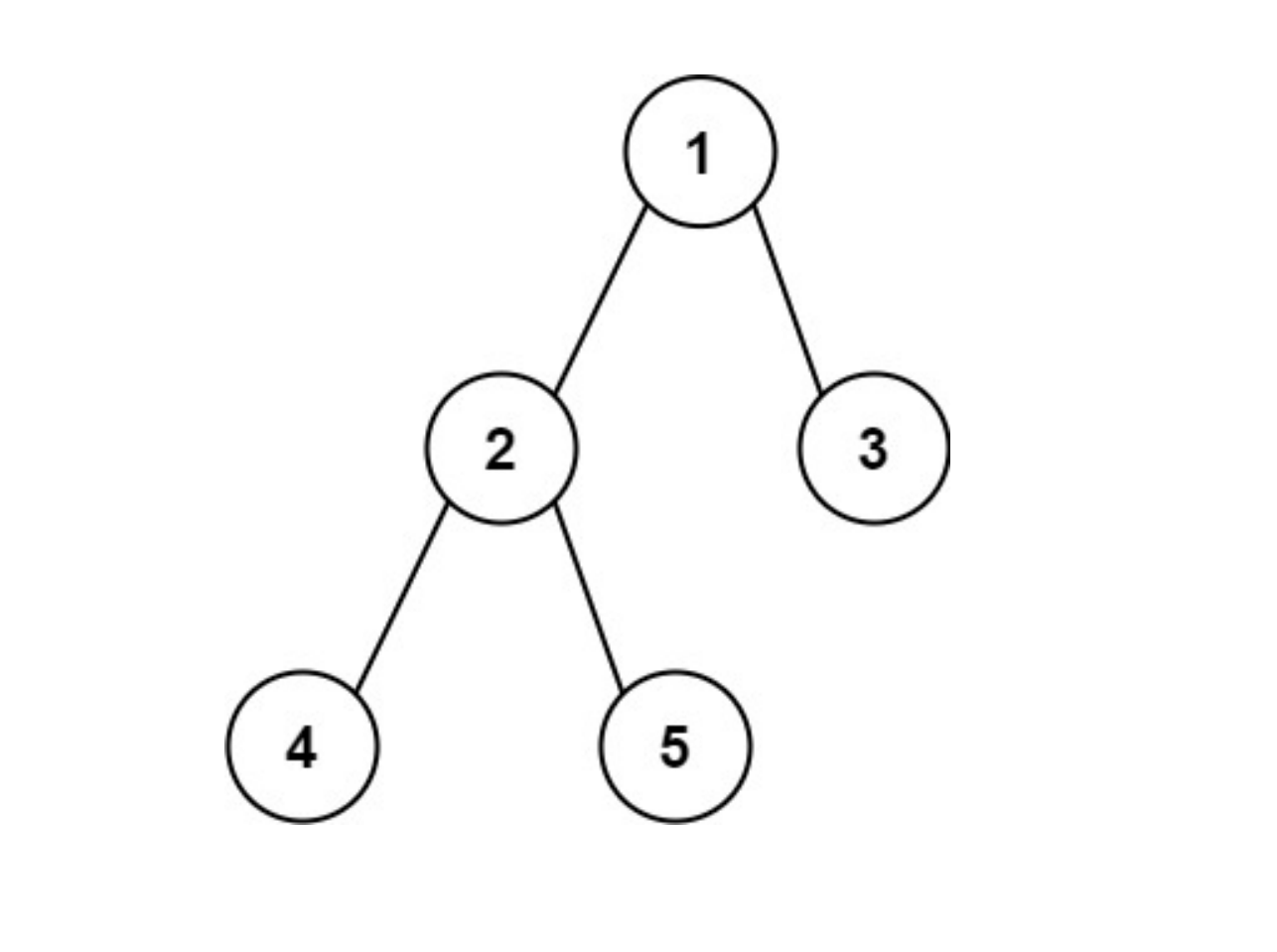


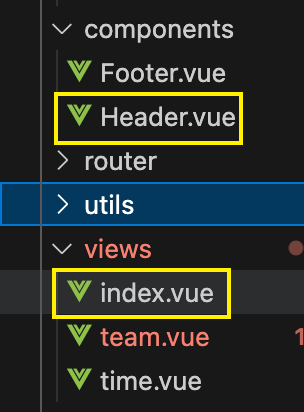

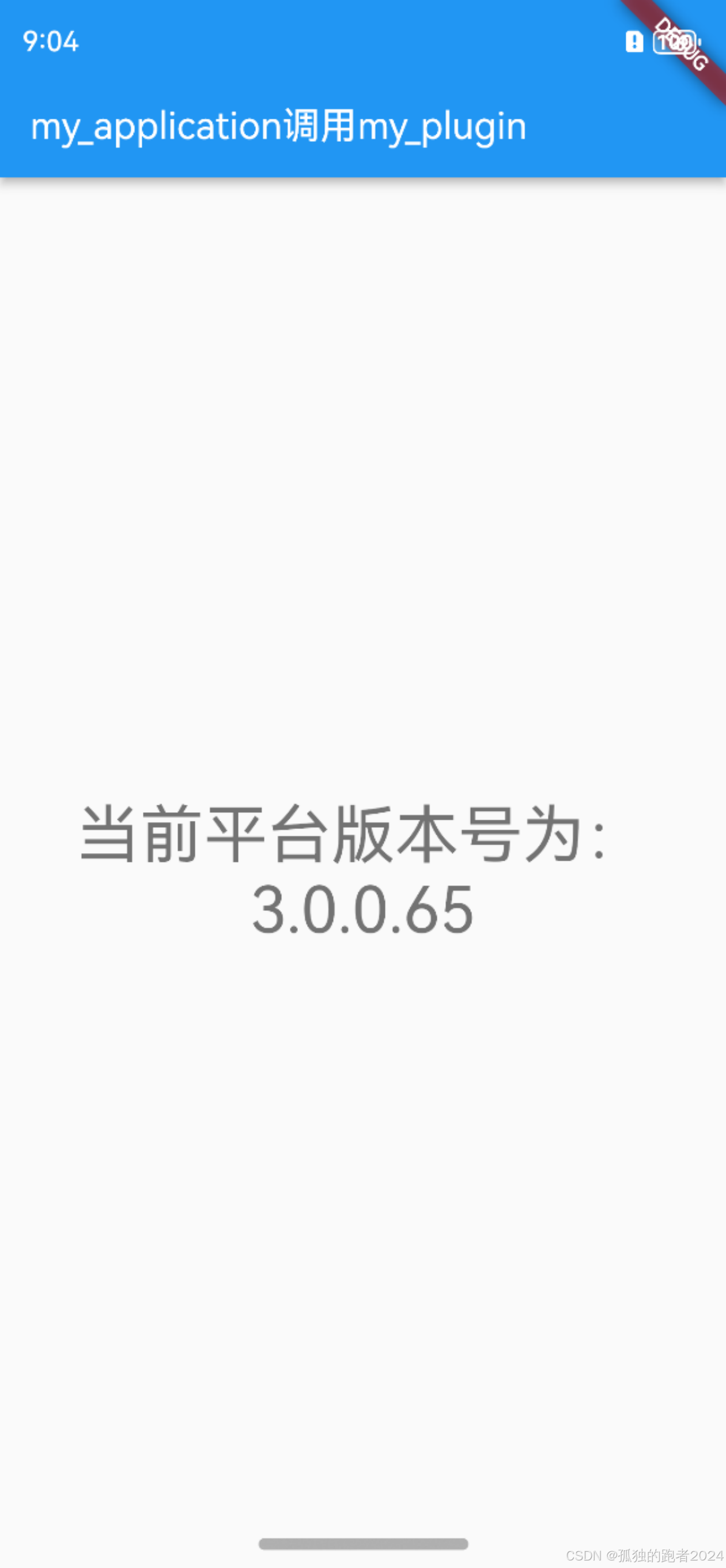


![《黑神话:悟空》像素版 v0.1b [PC+安卓]](https://img-blog.csdnimg.cn/img_convert/585dce7290d2b3bccc26ddb771f472aa.jpeg)





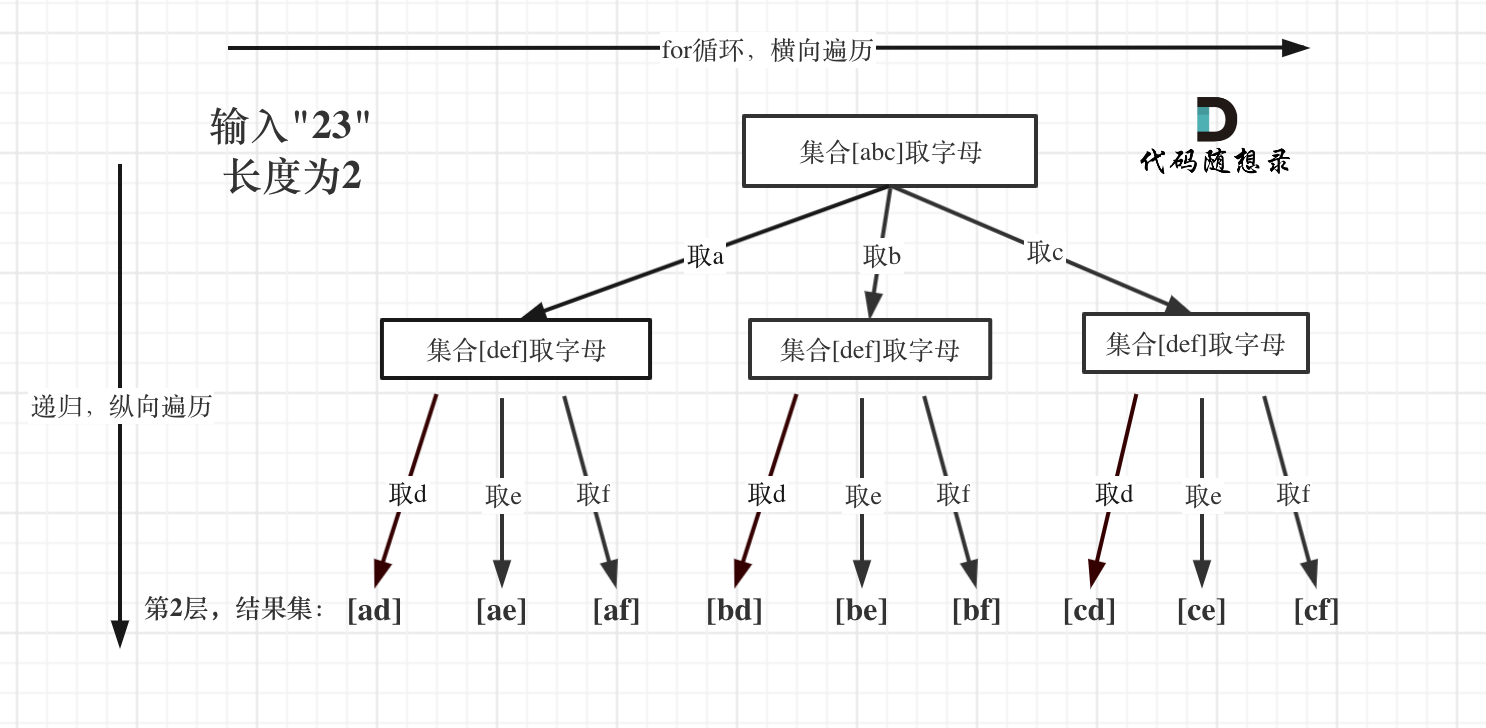
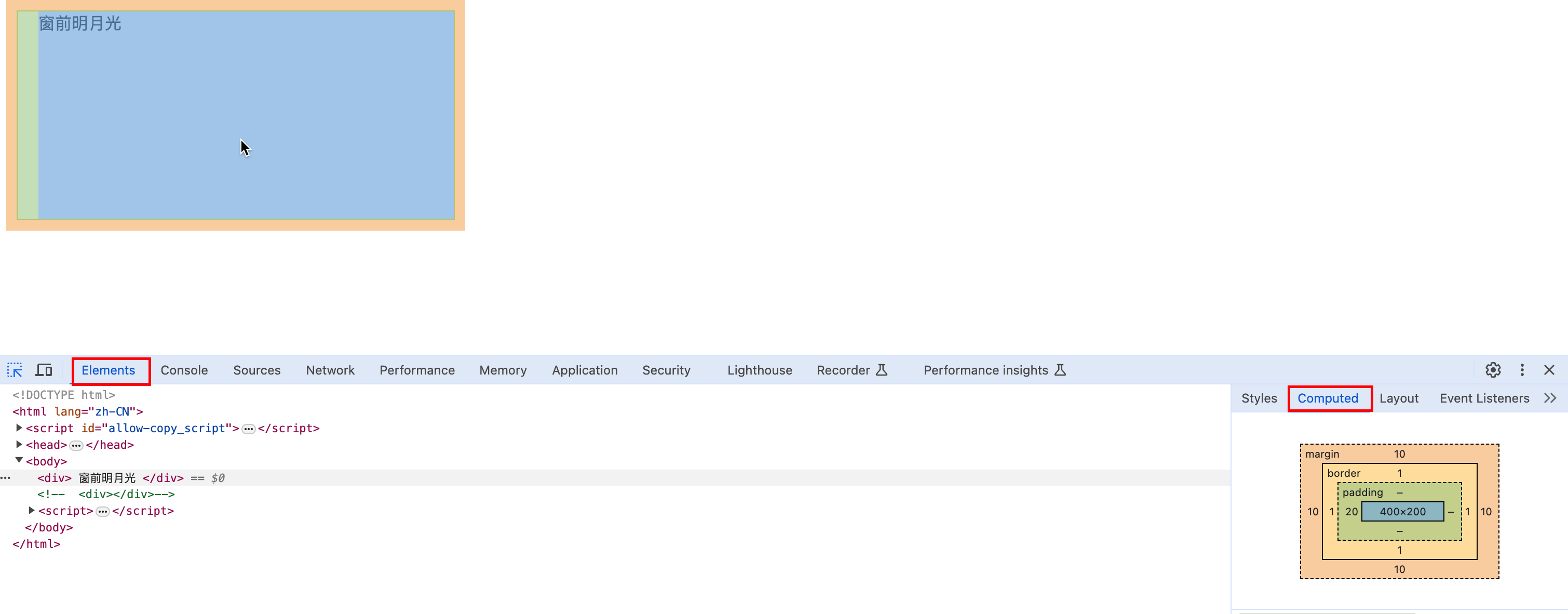


![[3.4]【机器人运动学MATLAB实战分析】PUMA560机器人逆运动学MATLAB计算](https://i-blog.csdnimg.cn/direct/b1615153826641339040086fe84f6fd6.png)
